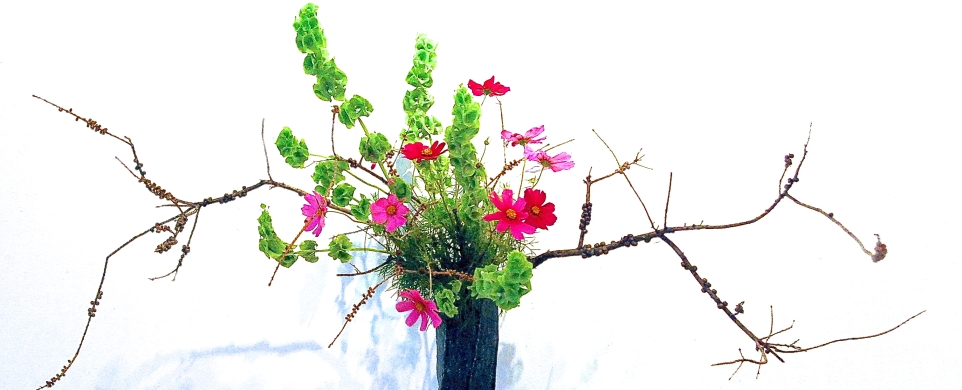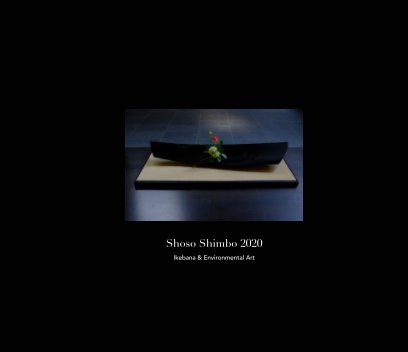Let’s consider the significance of the first online Ikebana competition, Ikebana Gallery Australia Award.
As I mentioned before, competition is generally avoided in Ikebana. As a result it is hard for talented young artists to be noticed. On the other hand, talented young artists get fame and success in the Western flower, which will inevitably attract more young learners. My concern is that this could make Ikebana less popular. Any organizations that operate without competition tend to decline.
This award is a small attempt to bring some competition into Ikebana. Some may argue that this is a small example of cultural change.
The award is getting more attention than expected. The reasons may be: 1) it brought competition to Ikebana, 2) any Ikebana student in the world can participate for free, 3) the winner receives prize money and certificate, and 4) the judges are remarkable.
Importantly, the winner could add this award to his or her CV. Until now there has been hardly any such opportunity for Ikebana students.
To make this award prestigious, we made the selection process very precise. With help from Dr Osamu Inoue, an Ikebana researcher from Kyoto University, our committee selected five finalists. Then we passed them to our judges.
Ideally the judges should be those who can see Ikebana from the wider art context. Fortunately all of our four judges are just perfect: Mr Ken Smith from the Design Art and Architecture Department, Monash University, Ms Susan Renouf from the Fashion Department, RMIT University, Ms Lesley Kehoe from Lesley Kehoe Galleries and Ms Hiroe Swein, former ceramic lecturer of Australian National University. These judges alone make this award international.
The Ikebana students who participate are so lucky to receive comments from these highly regarded specialists! Normally you have to spend a lot of money and attend international flower shows to have such an opportunity.
Please encourage anyone studying Ikebana to submit their works to Ikebana Galley.
This is a work I made for my wife’s birthday party. Her choice was pink lilies for main flowers. It kept standing throughout our busy party. I made a framework using branches and inserted the flower materials in it.
http://www.shoso.com.au



























































